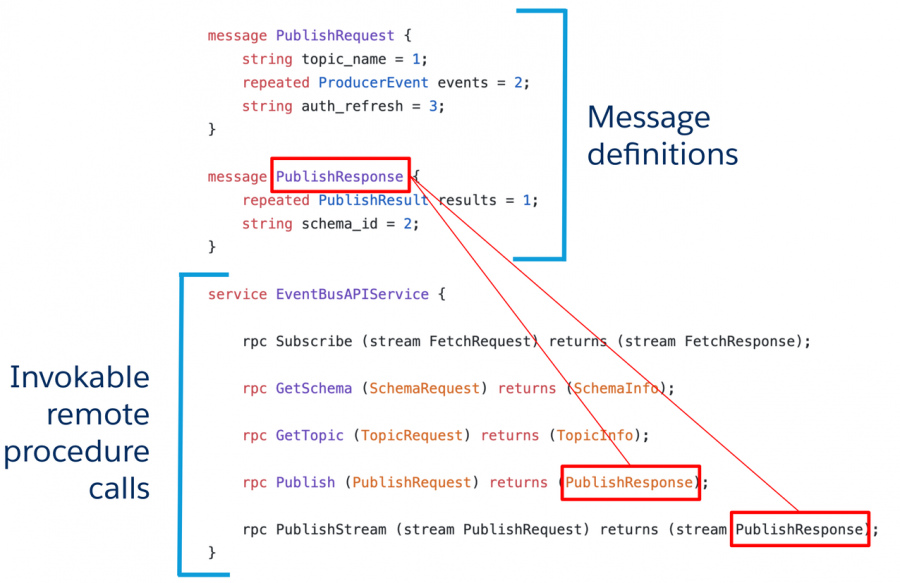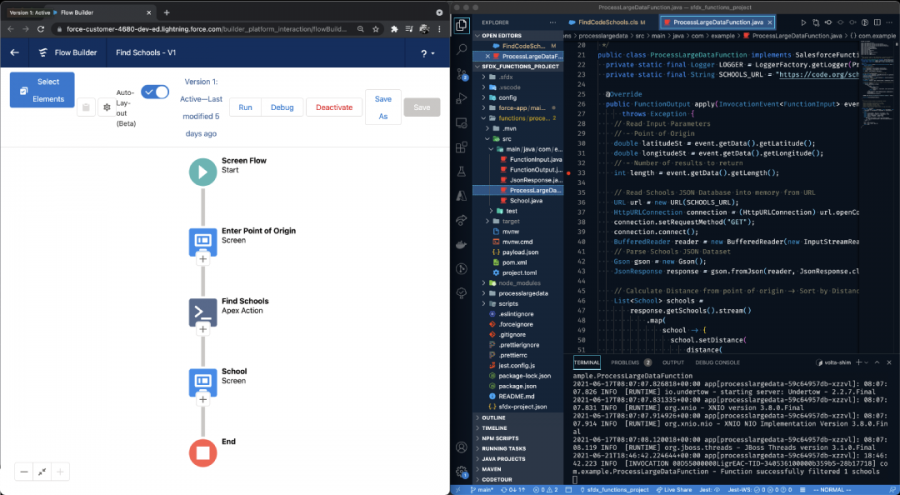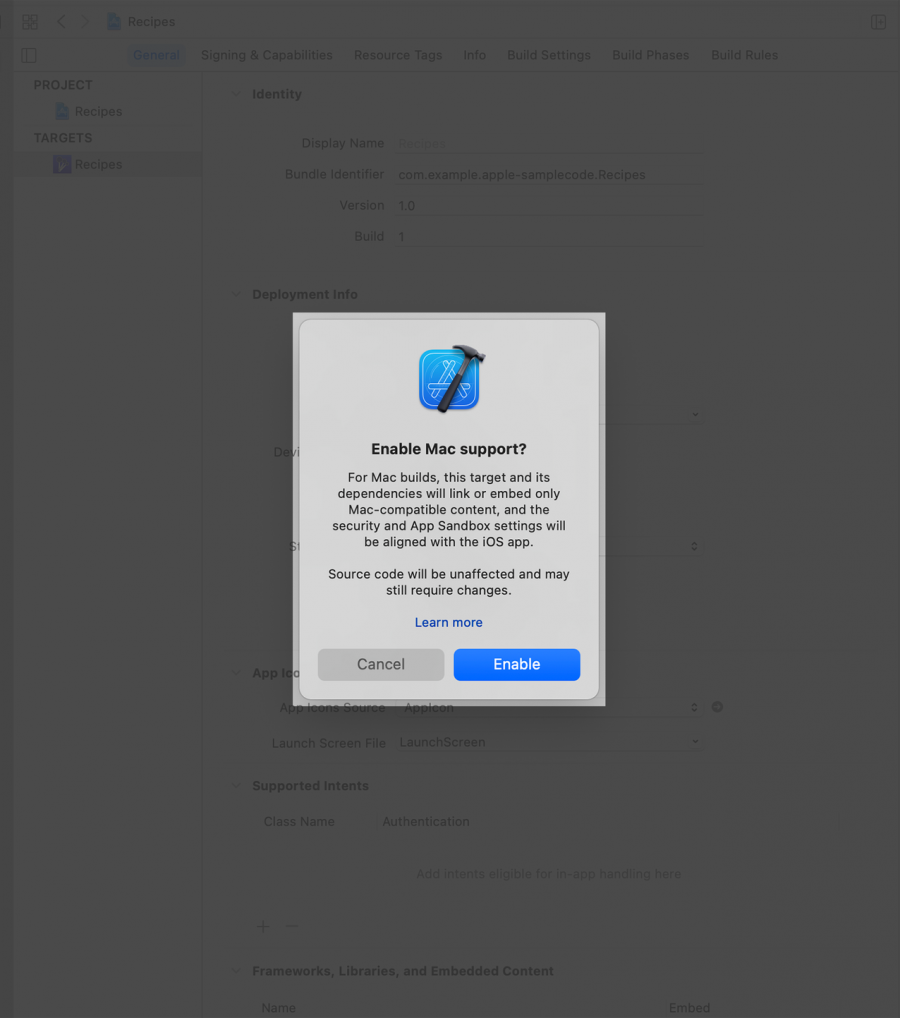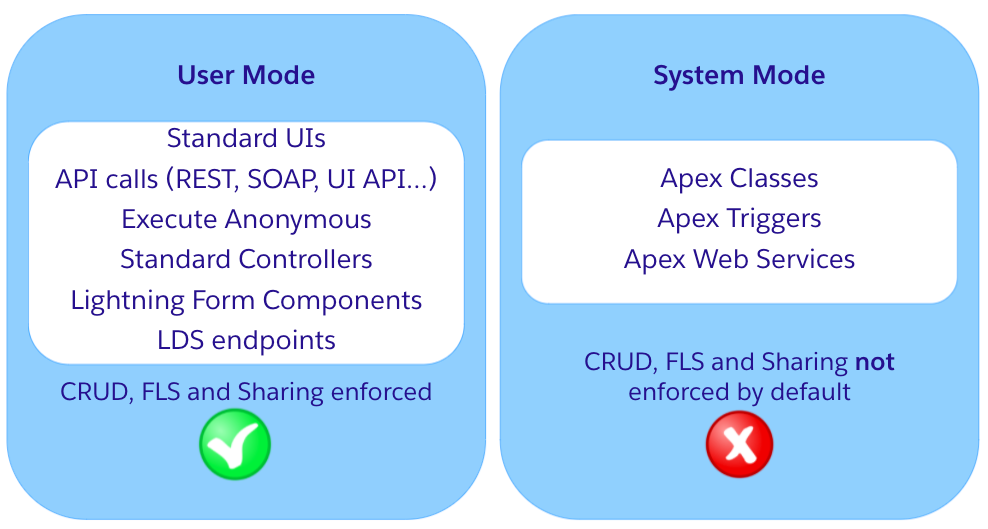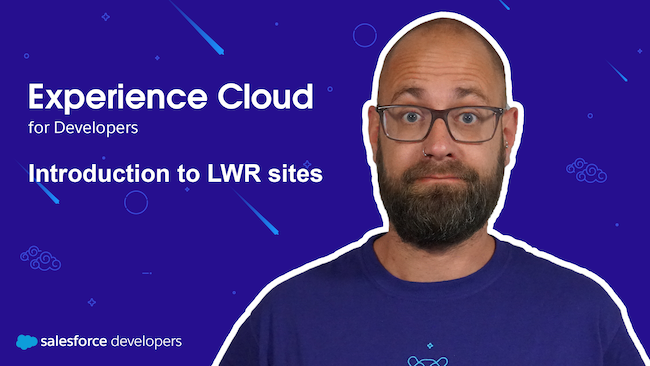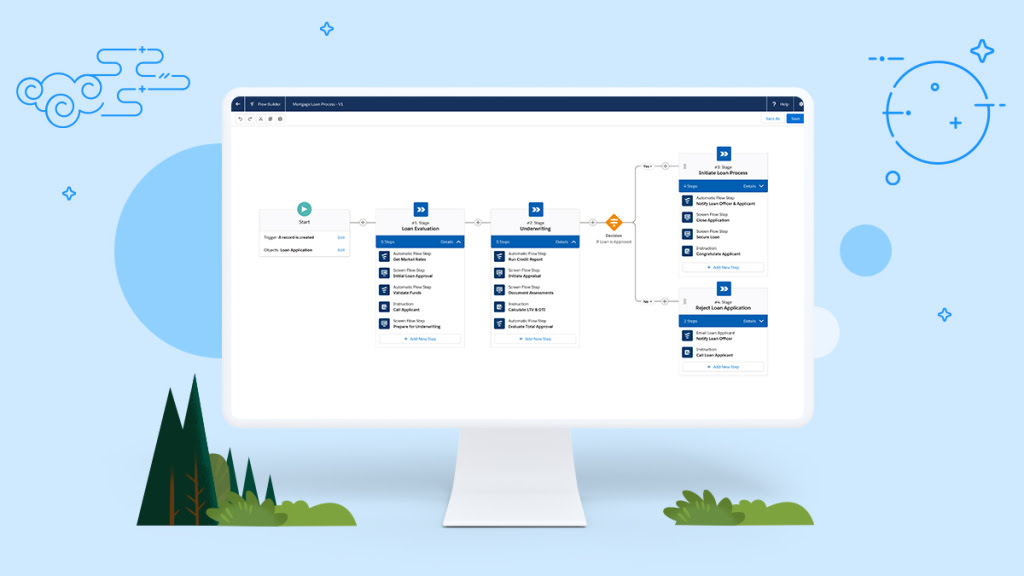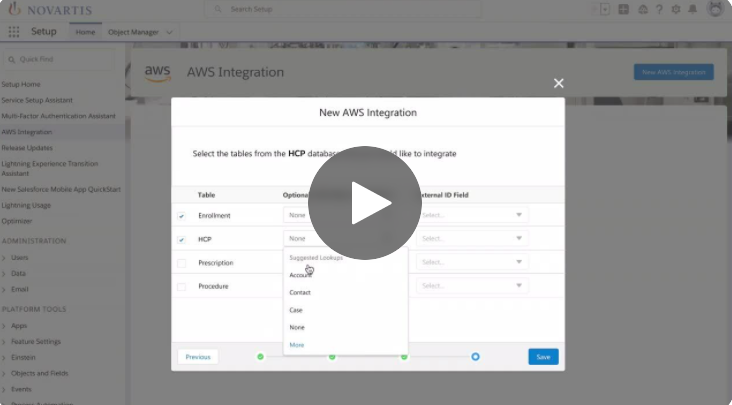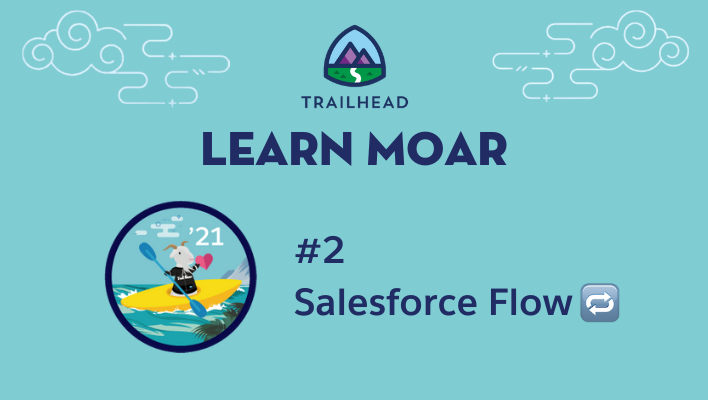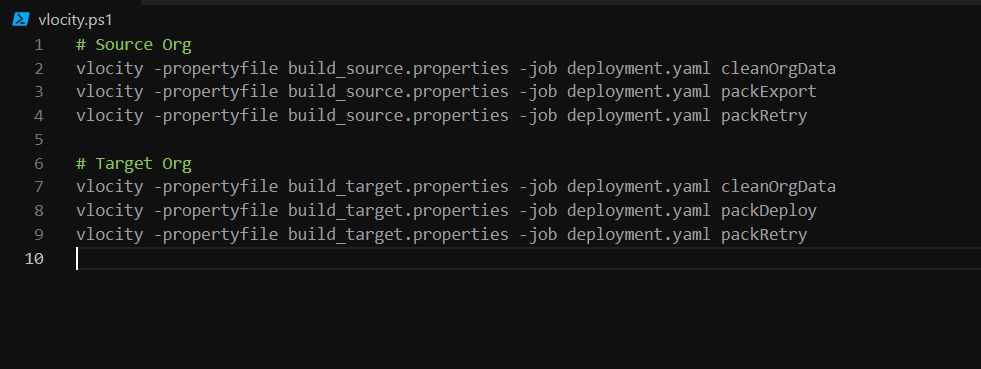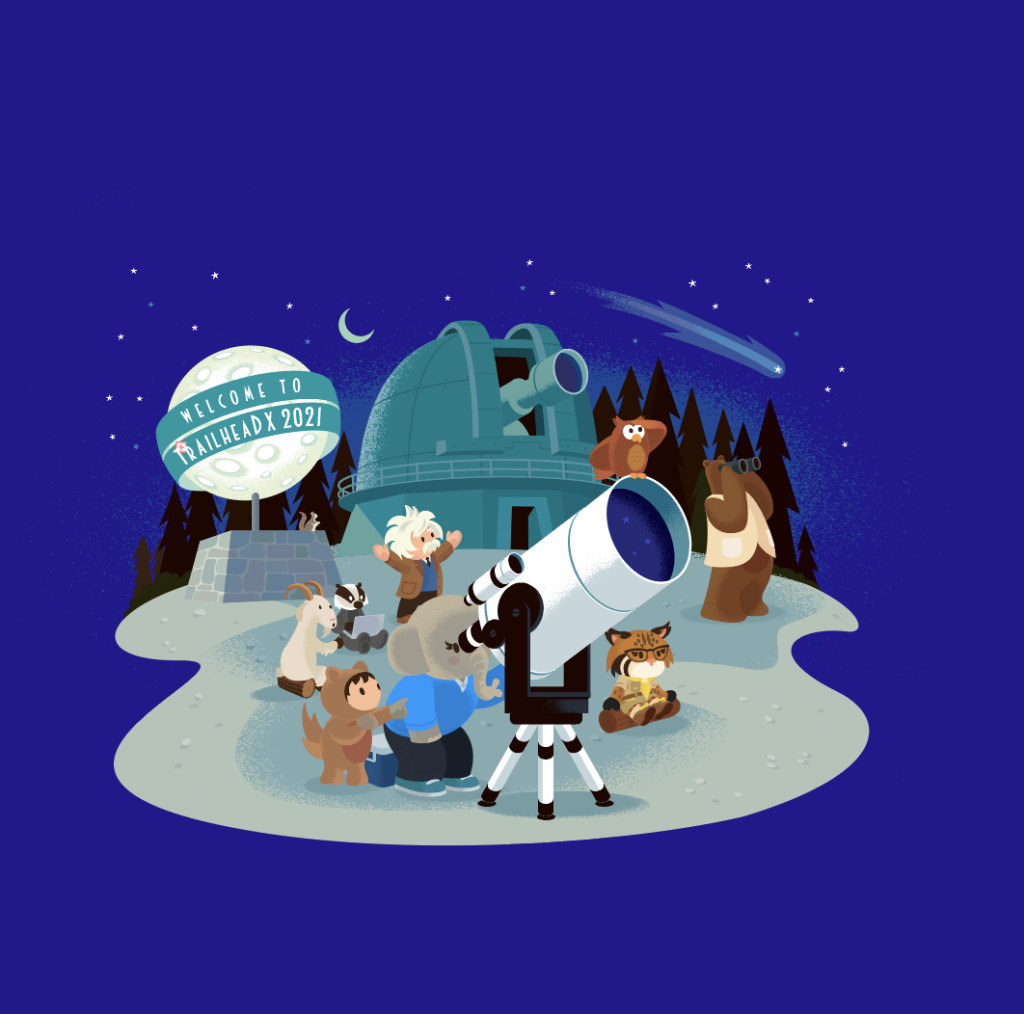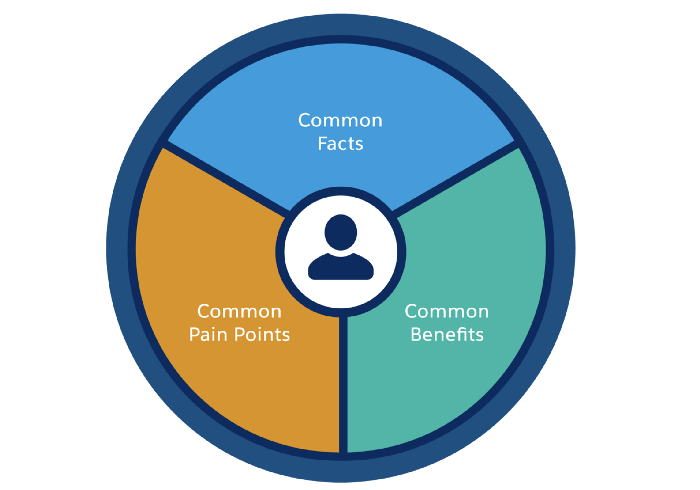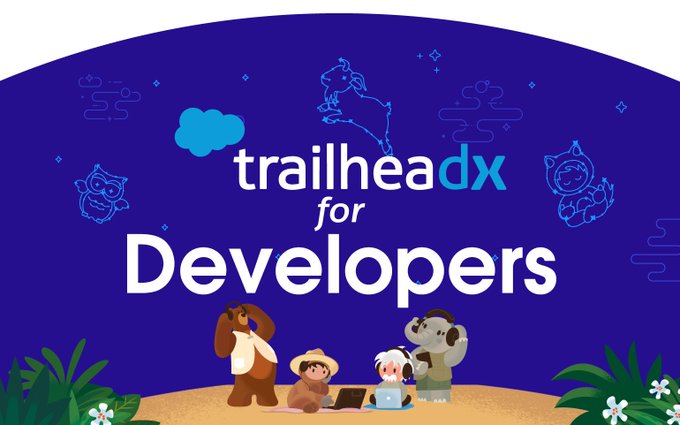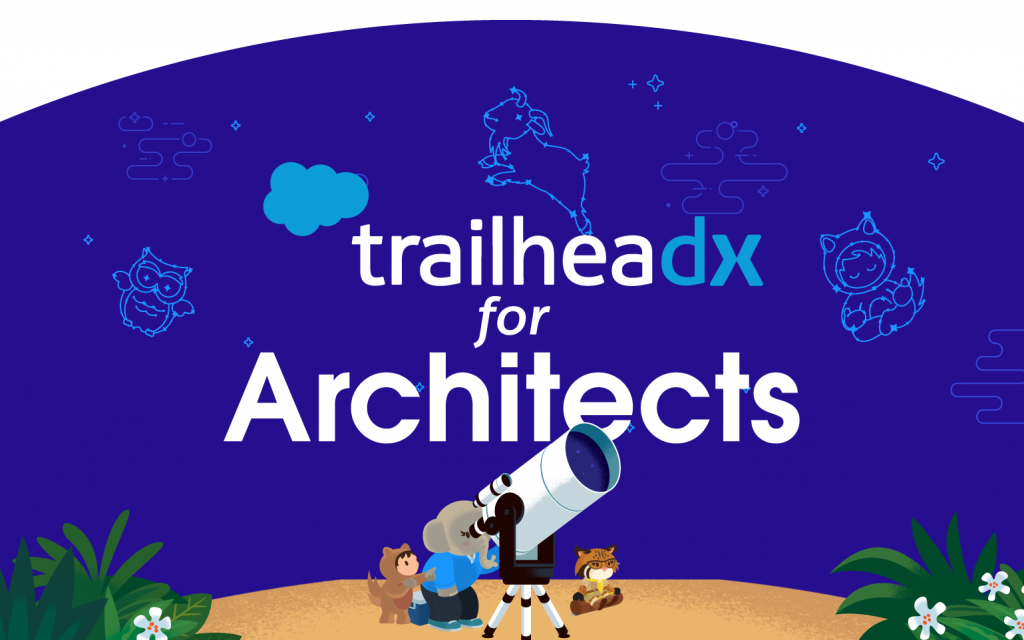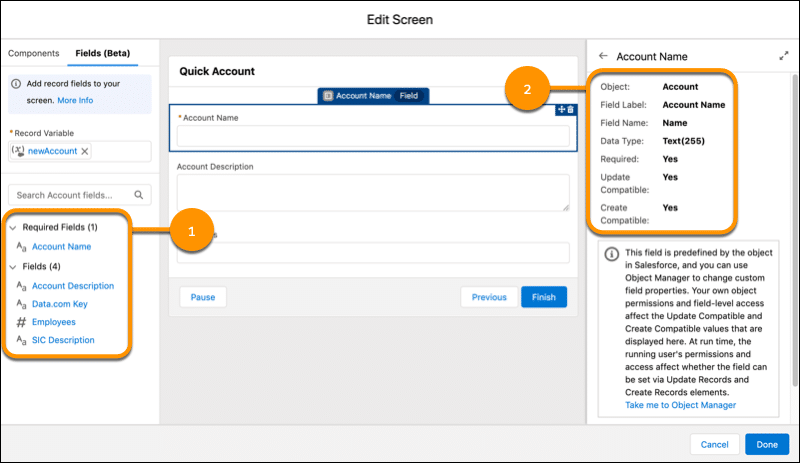E-Bikes Lightning Web Components Sample Application
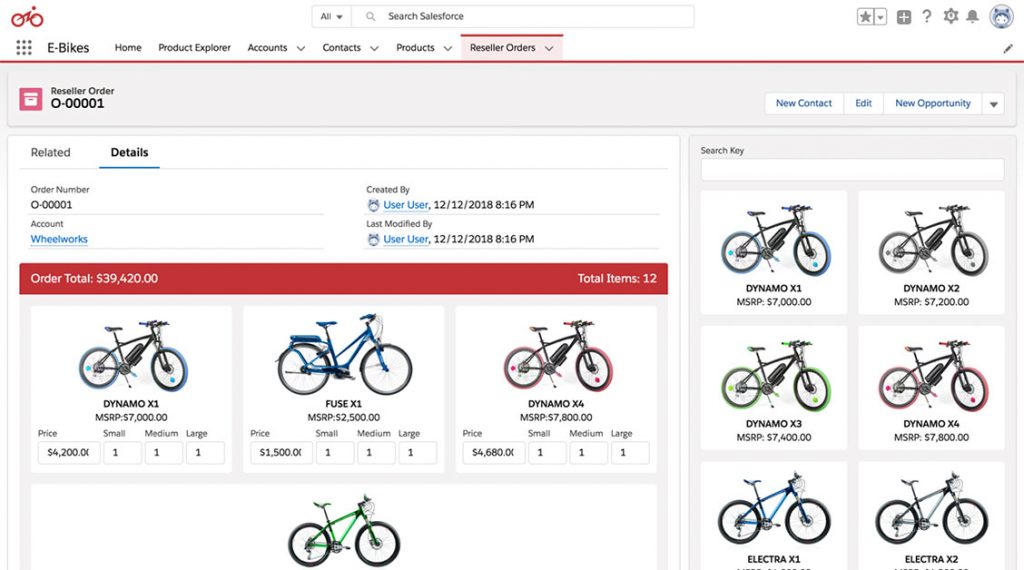
E-Bikes is a sample application that demonstrates how to build applications with Lightning Web Components and integrate with Salesforce Experiences. E-Bikes is a fictitious electric bicycle manufacturer. The application helps E-Bikes manage their products and reseller orders using a rich user experience.
Slack for Salesforce Developers
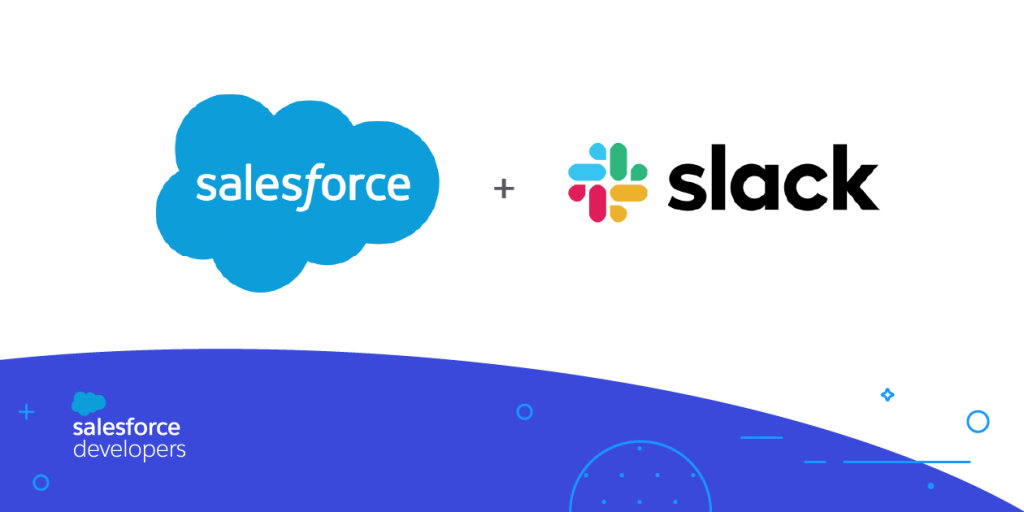
Developers can extend their apps and allow users to use Slack as their collaboration hub and take action on data from Salesforce and other business systems. If you are wondering what you can build with Slack and Salesforce together, and how to do it, this post is for you. We’ll explore how to build Slack apps integrated with Salesforce data.
You might think of Slack as a messaging app. However, what excites me as a Salesforce developer is the Slack platform, which lets you extend, expand, and automate your organization’s work.
How to Build LWR Sites with Experience Cloud
In Experience Cloud, you can use a variety of pre-built templates that give you a lot of out-of-the-box functionality. With the Build Your Own (LWR) template, on the other hand, you have to build (mostly) everything from scratch. So why would you want to use it?
First, you get great performance for all your users, no matter whether they work remotely in Australia or in an office in Ohio. This is because with LWR we’re following a Jamstack approach. Jamstack (which stands for JavaScripts, APIs, and Markup) is an architectural pattern to deliver frontends faster and better to end-users. Pages are statically generated during build time, and then these highly optimized pages and assets are delivered to a CDN (Content Delivery Network). As LWR sites are exclusively built with Lightning Web Components, we can bundle them to a Single Page Application (SPA) and deploy that bundle statically to our CDN around the globe. Data from a Salesforce environment, like CRM or CMS data, comes in via APIs (the “A” in Jamstack) and are always delivered live.

I am 12x Salesforce certified | Leader of New Delhi Salesforce Developer Group | Speaker | Blogger|

